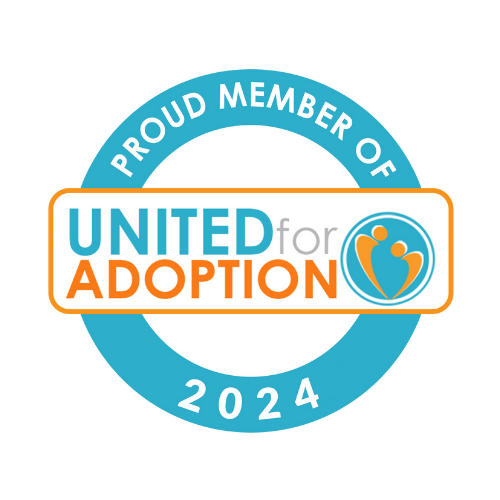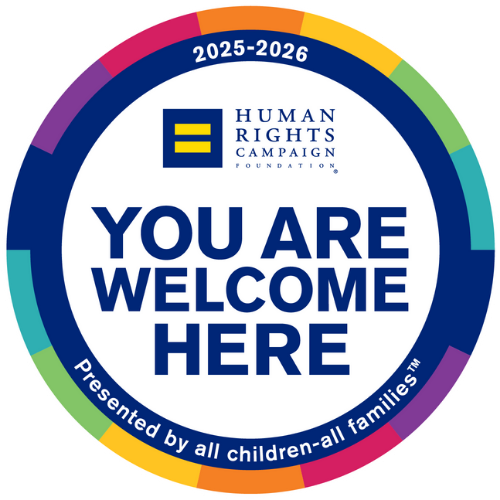By Satenik Sargsyan
Logan Herald Journal
Sunday, November 6, 2011
When Tammy Trickler purchased a family portrait, she had to hide it behind the couch for days — holding her breath and feeling every heartbeat before the court hearing that would forever change the fate of her family.
The complication was that three of seven children in the Tricklers’ Mendon area home did not yet legally belong to the family. More so, they came from a different culture — one in which a group of people who had most likely had never met the Tricklers, were to decide whether Tim and Tammy would get to keep them.
Then 6-months-old twins, Kaycee and Zander, and 3-year-old Konnor were foster children of American Indian descent at Tricklers’ home. And as if the complexity of adoption was not enough in itself, the children’s cultural heritage played a bigger role in the adoption process.
“We have the support of the children’s (biological) uncle. He speaks Navajo to the kids, plays games with them. I don’t know what we would’ve done without his help,” Tammy said.
The Tricklers’ case is one of many when the cultural background of children plays a major role in either the placement or the adoption process of children in Utah.
Although the number of registered foster families in Cache County and statewide is significantly lower than the number of children who need homes, the bigger issue Utah Foster Care Foundation is facing at the moment is the need for families that are culturally compatible and a “good match” for these children, said Teri Erickson, a resource family consultant with the Division of Family & Children’s Services.
Finding a “good match”
In 2011, 17 Hispanic children were placed in various homes in Cache County. With only one registered Hispanic family in the area, the possibility of placing these children in culturally compatible homes is slim, to say the least.
“We always find a way to make it work. I just feel like sometimes we are pushing their (children’s and families’) boundaries. We want to have more options for these children who are already traumatized,” Erickson said.
Every year, Erickson said about 30 percent of all children in Northern Utah foster care are Hispanic.
Only five out of 54 resource families in Cache Valley speak Spanish with some level of fluency, she said.
Erickson said she is confident in the language skills of only two of the five families. Finding a “good match” for children with no or little knowledge of English is a major challenge, she said.
From foster care to adoption
The main reasons why children come into the custody of the state is because of a hostile environment at home. The goal of the state is to create a safe environment in children’s biological families and facilitate reunification, Erickson said.
Thus, resource families are required to be open to adoption if biological parents fail to fulfill the requirements of the state and lose all rights to parenthood. However, foster families need to be ready to let children transition into their biological families, if parents regain custody.
The Trickler family and Desiree Gunnel of Providence learned about the issues with trying to adopt American Indian foster children the hard way.
The Tricklers were in court for the adoption hearing when the unexpected happened: The Navajo tribe called in to cancel the adoption process.
According to the law, the tribes have a final say in the adoption of American Indian children in foster care.
If it wasn’t for the children’s biological grandparents supporting the adoption, Tammy would have never been able to put up the family portrait with her seven children.
“For awhile, the conversation was back and forth in Navajo, and nobody in the court had an idea what they (the tribe and grandparents) were talking,” she said.
For Gunnel, things didn’t go that well. She was denied adoption of her American Indian foster daughter, who had been living in Cache County with her parents before she was taken by the state. When it came time for adoption, the tribe decided the girl would go to the reservation.
Local support
More often than not, children come into foster homes with nothing but what they are wearing.
And when they are in a midst of an emotional roller-coaster families often catch themselves having to take care of basic needs— clothing, toothbrush, blankets and backpacks.
Gunnel hopes to garner support for a foundation, Komfort Kits, that would provide foster parents with everything the children need the first day they come home.
“We want to make sure that instead of focusing on buying clothes, a toothbrush, foster parents have time to focus on the children,”Gunnel said.
Gunnel is working on a blog [Editor’s note: link to blog no longer works and no substitute has been found; fosterkomfortkits.blogspot.com] and hopes to garner community support to help local families in opening their doors to children foster parents.
The obvious problem
During the past decade, foster care placements in Utah have increased by 38 percent, while the number of families that allow children to stay in their family homes has decreased by 40 percent, the audit by Legislative Auditor General showed earlier this year.
Things don’t look too different in Cache Valley either: The number of placements in the valley has increased by 200 percent in the last five years, according to Daw Hollingsworth, the associate director for the foundation’s Northern Region. The number of children needing foster care has steadily increased in the last decade.
Janel and Boyd Brimleys will attest to at least one problem with being foster parents: It’s hard to let them go, and foster parents don’t know if they will have to.
And no matter how attached families become to foster children, if the Division of Family and Children’s Services decides that it is safe for children to return to their biological families, foster parents don’t have much of a choice.
“Our No. 1 goal is reunification. We want our foster families to be open to let them go home (to their biological families) or be willing to adopt,” Erickson said.
Janel and Boyd now have a family of nine — including three adopted and two foster children.
Although now they can’t imagine their home without the hyperactive, large family now, the Brimleys had to let to go of three foster children.
“It’s really hard. You love them like your own and then you have to let them go. It’s heartbreaking,” she said.
When Tammy and Tim opened their homes to a toddler and two babies for what they thought would be a couple of weeks, they couldn’t even imagine their lives would change forever. Had the adoption not worked, they would have to let Zander, Kaycee and Konnor go, too.
But even despite the emotion and uncertainty, all families interviewed by The Herald Journal said fostering a child is worth every tear.
“They need a home. These are children that have nowhere else to go. Who knows what they’ve been through,” Janel said.






